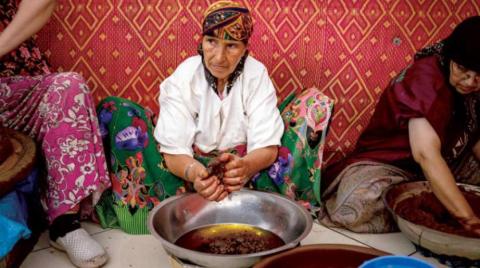
Inflation in Morocco during the past year reached 6.6 percent, as a result of the increase in food and transport prices, showed data issued by the High Commission for Planning.
The increase is due to a spike in food prices by 11.0 percent and non-food items by 3.9 percent, and transportation by 12.2 percent.
Morocco's central bank said on Thursday it planned to limit its first-ever liquidity-boosting purchase operations of treasury bonds to 25 billion dirhams, citing the dampening impact of market uncertainty over rate outlook on demand.
The central bank has so far injected 16.2 billion dirhams ($1.6 bln) through treasury bond purchases on Jan. 9 and Jan. 16.
The move comes amid lower demand for treasury bonds due to "fears of investors regarding the evolution of the benchmark interest rate," Younes Issami of the Bank's monetary policy and foreign exchange department told a news conference.
Morocco's central bank raised its benchmark interest rate in December by 50 basis points to 2.5 percent as it looks to curb inflation.
"Most investors have no visibility on the evolution of rates ... They preferred to wait rather than invest," he said.
The Moroccan central bank limited the purchases to bonds with less than a year maturity issued less than a month ago, he said.
Buying treasury bonds is a tool for "boosting liquidity without affecting the central bank’s monetary policy," Issami said.
Separately, Morocco is considering issuing an international bond in 2023 most likely in US dollars, he said.
Morocco hopes to regain its investment grade as it expects to leave the "grey list" of the Financial Action Task Force (FATF) which is currently visiting the country.
The bond issuance is not conditioned on the retrieval of the investment grade that Morocco lost in 2020, Issami said.
Foreign debt represented 15.5 percent of Moroccan gross domestic product in 2022 and is expected to rise to 16.5 percent in both 2023 and 2024, according to central bank figures.












